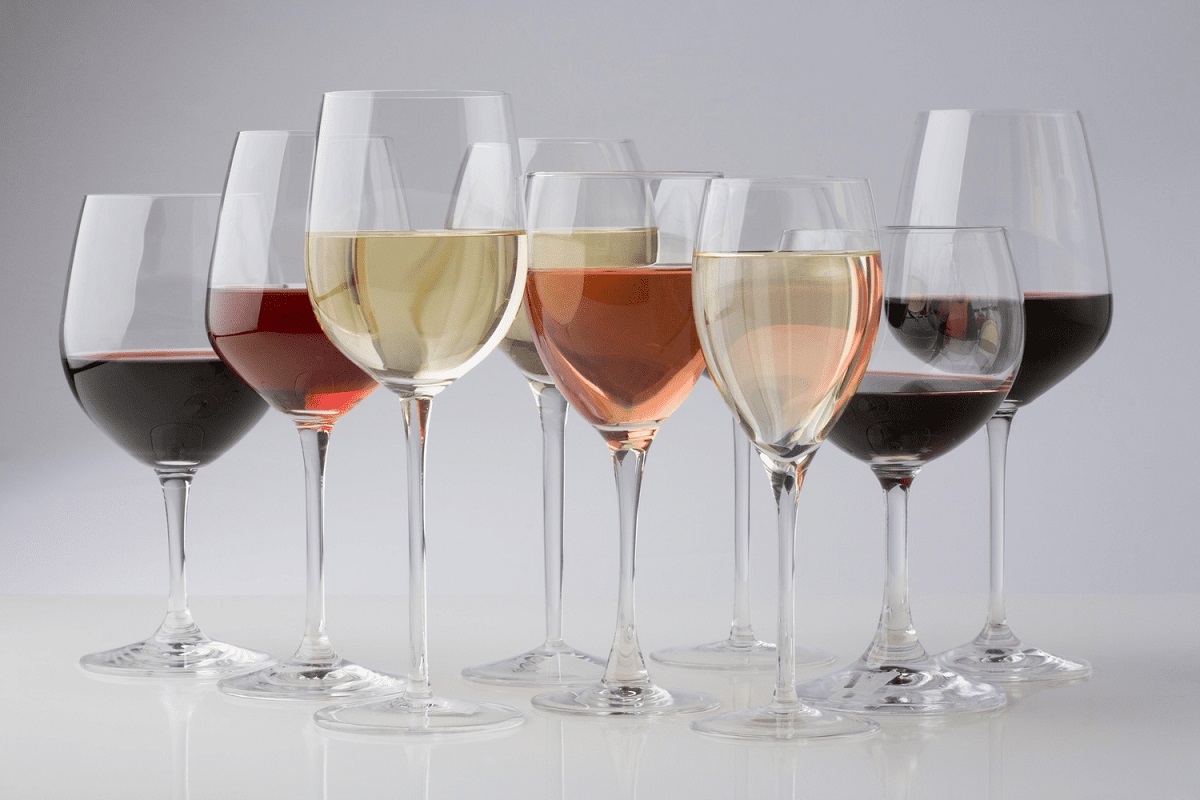

Tableware
Why Are There Different Wine Glasses?
Modified: February 8, 2024
Discover why there are various types of wine glasses and how they enhance your tableware collection. Find the perfect stemware for your favorite wines today.
(Many of the links in this article redirect to a specific reviewed product. Your purchase of these products through affiliate links helps to generate commission for Storables.com, at no extra cost. Learn more)
Introduction
When it comes to enjoying a glass of wine, many people overlook the importance of the glassware they use. However, the type of wine glass you choose can significantly impact your wine tasting experience. From the shape to the size and even the material, each element of the glass is carefully designed to enhance the aroma, flavor, and overall enjoyment of the wine.
So, why are there different wine glasses? It is not simply a matter of aesthetic appeal or the desire to have a variety of options. The design of wine glasses is rooted in the science and art of wine tasting. The right glass can accentuate the characteristics of a wine and create a sensory experience that is truly unforgettable.
In this article, we delve into the world of wine glasses, exploring the reasons behind their diversity and how to set your table with the perfect choice for each occasion. We uncover how the shape and size of the glass impact the wine-tasting experience, and the psychological effects that wine glass perception can have on wine drinkers. Additionally, we provide guidance on choosing the right wine glass for different wine varieties and offer tips for cleaning and maintaining your glassware.
So, whether you are a wine enthusiast or simply curious about the role of wine glasses, join us on this exploration that will change the way you think about drinking wine.
Key Takeaways:
- The shape and size of wine glasses play a crucial role in enhancing the aroma and flavor of wine, creating a more immersive and rewarding tasting experience.
- The design and presentation of wine glasses have psychological effects, influencing our perception and anticipation, ultimately enhancing our overall enjoyment of the wine-drinking experience.
The Influence of Glassware on Wine Tasting
Have you ever wondered why wine enthusiasts insist on using specific glasses for different wines? The truth is, the choice of glassware can have a profound impact on how we perceive and experience a wine.
One of the main reasons why glassware matters is its ability to enhance the aromas of the wine. Different wines have different aromatic profiles, and the shape and size of the glass can help concentrate and direct those aromas towards your nose. For example, a glass with a narrower opening will concentrate the aromas, allowing you to fully appreciate the nuances and complexities of the wine.
But it’s not just about the aromas; the shape of the glass can also affect how the wine hits your palate. The curvature of the glass and the size of the opening can determine how the wine flows onto your tongue and which taste buds are activated first. This can make a significant difference in how you perceive the wine’s flavors and textures.
Furthermore, the thickness of the glass can also play a role in the tasting experience. Thin, delicate glassware allows for a more seamless flow of wine onto your palate, while thicker glassware can add a tactile element to the experience. Both have their merits, and the choice ultimately depends on personal preference.
Additionally, the material of the glass can affect the temperature of the wine. Crystal glasses, for example, have better thermal conductivity than regular glass, helping to maintain the wine’s temperature for longer periods. This is particularly important for wines that require specific serving temperatures, such as sparkling wines or delicate white wines.
Overall, the influence of glassware on wine tasting is undeniable. The right glass can elevate the aromas, enhance the flavors, and provide a more enjoyable and authentic wine-tasting experience. So, the next time you set your table for a meal or a casual gathering, consider the impact that your choice of glassware can have on your perception and appreciation of the wine.
The Purpose of Different Wine Glasses
Have you ever noticed the wide array of wine glass shapes and sizes available? Each glass is designed with a specific purpose in mind, and understanding the purpose behind different wine glasses can significantly elevate your wine-drinking experience.
One of the main purposes of different wine glasses is to enhance the aromas of specific wine varietals. For example, a tall and narrow glass is often used for aromatic white wines like Sauvignon Blanc or Riesling. The shape of the glass helps to concentrate the floral and fruity aromas towards your nose, allowing you to fully appreciate the delicate nuances of the wine.
On the other hand, fuller-bodied red wines like Cabernet Sauvignon or Syrah benefit from a glass with a wider bowl. This allows the wine to aerate and develop, enhancing the complex flavors and aromas. The larger surface area also provides more space for the wine to breathe, softening tannins and allowing the wine to open up.
Besides varietal-specific glasses, there are also universal wine glasses that are designed to suit a wide range of wines. These glasses strike a balance between the characteristics of different varietals, allowing you to enjoy a variety of wines without the need for multiple types of glasses.
Another purpose of different wine glasses is to cater to different wine-drinking experiences. For example, sparkling wines like Champagne require a flute-shaped glass that helps preserve the bubbles and directs the aroma towards your nose. The tall, narrow shape also helps maintain the wine’s temperature and allows you to fully savor the effervescence.
Similarly, fortified wines like Port or Sherry have their own unique glasses with a smaller capacity. This is because fortified wines are often higher in alcohol content and more concentrated in flavors, so a smaller glass allows for a more controlled and focused tasting experience.
Ultimately, the purpose of different wine glasses is to enhance the characteristics of specific wines and provide a customized experience. By choosing the right glassware for each wine, you can elevate the aromas, flavors, and overall enjoyment of your wine-drinking experience.
The Role of Shape and Size in Wine Glasses
The shape and size of a wine glass can have a profound impact on the sensory experience and enjoyment of the wine. The carefully designed curves, angles, and dimensions of the glass are not simply for aesthetic purposes, but rather to enhance the aromas, flavors, and overall characteristics of the wine.
Shape plays a crucial role in directing the aromas of the wine towards your nose. Different varietals have distinct aromatic profiles, and the shape of the glass can either enhance or diminish these aromas. For example, a glass with a narrow opening will concentrate the aromas, allowing you to fully appreciate the intricate nuances of the wine. On the other hand, a wide opening can release the aromas more freely, providing a more expressive and intense sensory experience.
The shape of the bowl also affects how the wine hits your palate. Curvature and size dictate the flow of the wine over your tongue, which in turn influences how you perceive the wine’s flavors and textures. A larger bowl provides more surface area for the wine to interact with the air, allowing it to aerate and develop, resulting in a more complex and enjoyable tasting experience.
Size, in addition to shape, is another important factor to consider. The size of the glass determines the amount of wine it can hold, which can impact how the wine interacts with oxygen. Larger glasses provide more space for the wine to breathe and oxidize, allowing it to evolve and showcase its true potential. Smaller glasses, on the other hand, can intensify the aromas and flavors, creating a more concentrated and focused tasting experience.
Moreover, the thickness of the glass also plays a role in the wine-drinking experience. Thin, delicate glassware allows for a seamless and smooth flow of the wine onto your palate, enhancing the overall sensory perception. Thicker glassware, on the other hand, can provide a more robust and substantial feel, adding a tactile element to the experience.
It’s important to note that there are no hard and fast rules when it comes to wine glass shape and size. It ultimately comes down to personal preference and the specific wine you’re enjoying. Experimentation and exploration are key to finding the perfect glassware that enhances your favorite wines and brings out their best qualities.
Next time you pour yourself a glass of wine, take a moment to appreciate the thought and craftsmanship behind the shape and size of the glass. It’s these subtle details that elevate the wine-tasting experience and make it truly memorable.
Understanding Wine Glass Features
When exploring the world of wine glasses, it’s important to understand the various features that contribute to their design and functionality. These features are carefully considered to enrich the wine-tasting experience and ensure that each glass is suited to its intended purpose. Let’s take a closer look at some of these features:
- Bowl: The bowl of the wine glass is where the wine is held. It can vary in size, shape, and curvature, depending on the type of wine it is designed for. The bowl plays a crucial role in how the wine is aerated, allowing for the evolution of aromas, flavors, and textures.
- Base: The base is the bottom, flat part of the wine glass that provides stability and prevents it from tipping over. A stable base is essential when swirling the wine to release its aromas or when placing the glass down on a table.
- Stem: The stem of the wine glass is the long, slender part that connects the bowl to the base. It serves several purposes – firstly, it allows the wine to be held without affecting its temperature. Secondly, it prevents fingerprints on the bowl, allowing for a clear view of the wine’s color and clarity. Finally, the stem provides an elegant and comfortable grip while avoiding heat transfer from the hand to the wine.
- Opening/Rim: The opening or rim of the glass is where you place your lips to sip the wine. The width and shape of the rim can affect how the wine enters your mouth and the areas of your palate that are stimulated. A narrower rim can concentrate the flavors, while a wider rim can allow for a more expansive tasting experience.
- Taper: The taper refers to the gradual narrowing of the bowl from the widest part towards the rim. This feature helps to concentrate the aromas as they make their way toward the nose, enhancing the olfactory experience.
- Thickness: The thickness of the glass can impact the drinking experience. Thin, delicate glassware provides a seamless flow of wine onto the palate, while thicker glassware can add weight and a tactile element to the experience.
- Material: Wine glasses can be made from various materials, with lead crystal and regular glass being the most common. Lead crystal is known for its exceptional clarity, brilliance, and ability to enhance the flavors and aromas of the wine. Regular glass is a more affordable option and still provides a suitable vessel for wine tasting.
Each of these features contributes to the overall design and functionality of a wine glass, offering a unique and tailored experience for different wines and preferences. By understanding these features, you can make more informed choices when selecting the perfect glassware for your favorite wines.
Read more: Why Are Wine Glasses Filled Halfway?
How Wine Glasses Enhance the Aroma and Flavor
One of the primary purposes of using specific wine glasses is to enhance the aroma and flavor of the wine. The design and characteristics of a wine glass play a crucial role in directing and focusing the sensory experience, allowing you to fully appreciate the complexities and nuances of the wine.
The shape and size of the glass are key factors in enhancing the wine’s aroma. The bowl of the glass is designed to capture and concentrate the aromas, allowing them to be released gradually as you swirl the wine. This allows you to experience the full range of aromatics that a wine has to offer.
The curvature of the glass influences the flow of the wine onto your palate, determining which taste buds are activated first and how the flavors are perceived. A fuller-bodied wine with rich flavors, such as a Cabernet Sauvignon, benefits from a wider bowl that allows for a broader exposure to oxygen. The increased surface area facilitates a more balanced and harmonious integration of flavors.
The rim of the glass also plays a role in the wine-tasting experience. The width and shape of the rim determine how the wine enters your mouth and interacts with your taste buds. A narrower rim can focus the wine onto specific areas of your palate, accentuating certain flavors and creating a more concentrated tasting experience.
Furthermore, the material of the wine glass can have an impact on the aroma and flavor perception. Lead crystal is often favored for its ability to enhance the characteristics of the wine. The glass’s fine and smooth surface helps to channel the aromas towards your nose while maintaining the purity of the flavors.
By using the appropriate wine glass, you can elevate the aroma and flavor profile of the wine, enhancing its overall sensory impact. The carefully designed features of the glass work in harmony to create a more immersive and rewarding wine-tasting experience.
Next time you pour a glass of your favorite wine, take a moment to appreciate the shape, size, and material of the glass you are using. By using the right glassware, you can fully unlock the potential of the wine and immerse yourself in a world of aromas and flavors.
Use a glass with a wider bowl for red wines to allow the aromas to develop, and a narrower bowl for white wines to maintain their cooler temperature.
The Impact of Wine Glass Design on Wine Drinkers
The design of a wine glass not only influences the way we perceive and experience the wine but also has a psychological impact on wine drinkers. The aesthetics and functionality of the glass can greatly enhance the overall enjoyment and satisfaction of the wine-drinking experience.
The visual appeal of a wine glass can evoke feelings of elegance, sophistication, and indulgence. Holding a beautifully crafted glass in one’s hand can create a sense of anticipation and excitement before even taking the first sip. The design of the glass, including the shape, material, and overall craftsmanship, contributes to the overall aesthetic experience and can elevate the ambiance of any occasion.
Furthermore, the functionality of the wine glass can have a practical impact on the enjoyment of the wine. The well-designed shape and size of the glass can enhance the aroma, flavor, and overall characteristics of the wine. When we use the right glass for a specific wine, it allows us to fully appreciate and savor the complexities and nuances that the wine has to offer.
Moreover, the act of holding a wine glass by its stem or base rather than the bowl has a practical purpose beyond aesthetics. It helps to preserve the temperature of the wine, preventing unnecessary heat transfer from the hand. This not only ensures that the wine remains at its optimal serving temperature but also allows us to fully observe the wine’s color, clarity, and other visual characteristics.
The use of specialized wine glasses for different varietals and styles has also been shown to enhance the overall wine-drinking experience. When we use the appropriate glass designed specifically for a particular wine, it maximizes the potential of that wine, bringing out its unique qualities and allowing us to enjoy it to the fullest.
Ultimately, the impact of wine glass design goes beyond functionality and aesthetics. It influences our perception, anticipation, and overall satisfaction with the wine-drinking experience. By choosing carefully designed and well-crafted wine glasses, we can elevate our enjoyment of wine and create memorable moments that are not only about the taste of the wine but also about the overall sensory experience.
So, the next time you raise a glass of wine, consider the impact that the design of the wine glass has on your overall enjoyment and appreciation of the wine. Choose a glass that not only complements the wine but also enhances the experience, making each sip a moment to be savored and cherished.
The Psychological Effects of Wine Glass Perception
It may come as a surprise, but the perception and presentation of wine in a specific type of glass can have significant psychological effects on wine drinkers. The shape, size, and design of the glass can influence our expectations, emotions, and overall enjoyment of the wine.
One of the psychological effects of wine glass perception is the concept of “wine snobbery.” The use of specialized wine glasses for different varietals and styles can create a sense of exclusivity and sophistication. When we see a wine being served in a specific glass, it signals that the wine is of higher quality and warrants special treatment. This perception can amplify our enjoyment, as we attach more value to the wine-drinking experience itself.
The shape and design of the wine glass can also influence our expectations of the wine’s taste and quality. For example, a glass with a long, elegant stem and a fine rim can create the illusion of a more refined and premium experience. This perception can lead us to believe that the wine itself is of higher quality, even before we take our first sip. This phenomenon is known as the “glassware effect.”
Additionally, the visual presentation of wine in a specific glass can activate sensory cues and ignite our imagination. When the wine is poured into a glass that showcases its color, clarity, and effervescence, it can enhance the overall sensory experience. The visual aesthetics of the wine in the glass can set the stage for the aromas, flavors, and textures we expect to encounter.
Moreover, the tactile experience of holding and interacting with the wine glass can also influence our perception. The weight, balance, and feel of the glass in our hands can evoke a sense of luxury and enhance our appreciation of the wine. The act of swirling the wine in the glass and observing the legs or tears that form can add to the overall sensory experience, engaging multiple senses and deepening our connection with the wine.
It’s important to note that while the perception of wine glass design can have psychological effects, it doesn’t necessarily mean that the wine itself is of superior quality. The glassware can enhance our enjoyment and make the wine-drinking experience more satisfying, but ultimately, the quality of the wine is determined by its own merits.
Understanding the psychological effects of wine glass perception can help us approach the wine-drinking experience with a heightened awareness and appreciation. It allows us to be more mindful of our expectations and how our senses are influenced by external cues. So, the next time you raise your glass, take a moment to reflect on how the design and presentation of the glass may be shaping your perception and enjoyment of the wine.
Choosing the Right Wine Glass for Different Wine Varieties
When it comes to selecting the right wine glass for different wine varieties, it’s essential to consider the specific characteristics and qualities of each wine. The shape and size of the glass can greatly influence your ability to fully appreciate the aromas, flavors, and overall experience of the wine. Here are some guidelines to help you choose the perfect glass for different types of wines:
- Red Wines: For full-bodied red wines like Cabernet Sauvignon or Syrah, opt for a glass with a wide bowl. This allows the wine to aerate and develop, enhancing the complexity of flavors and aromas. The ample space helps soften tannins and allows the wine to fully express itself.
- White Wines: Aromatic white wines like Sauvignon Blanc or Riesling benefit from a glass with a tall and narrow shape. This design helps to concentrate the delicate floral and citrus aromas towards your nose, allowing you to fully appreciate the nuances of the wine.
- Sparkling Wines: To enjoy the effervescence and aromas of sparkling wines like Champagne, select a flute-shaped glass. The tall, narrow design helps preserve the bubbles while directing the aroma towards your nose. The elegant and elongated shape allows the bubbles to develop more slowly and provides an exquisite visual presentation.
- Rosé Wines: For rosé wines, choose a glass with a slightly wider bowl than a white wine glass. This allows the wine to breathe and enhances the fruit-forward aromas and flavors. The wider rim also provides a more expansive tasting experience for the delicate nuances of the wine.
- Fortified Wines: Fortified wines like Port or Sherry have their own specialized glasses. These smaller glasses are designed to concentrate the intense aromas and flavors of these wines. The smaller capacity ensures a more controlled and focused tasting experience.
- Universal Wine Glasses: If you prefer a versatile option, there are universal wine glasses that work well for a wide range of wine varieties. These glasses strike a balance between the characteristics of different wines, allowing you to enjoy a variety of wines without the need for multiple types of glasses.
Remember, these guidelines are meant to serve as a starting point. Ultimately, the choice of wine glass is subjective, and personal preference should always be taken into consideration. Experimentation and exploration are key to finding the right glassware that enhances your favorite wines and brings out their best qualities.
Investing in quality wine glasses made from lead crystal or glass can greatly enhance your wine-drinking experience. By choosing the right glassware for each wine variety, you can fully appreciate and savor the aromas, flavors, and overall character of the wines you enjoy.
Specialized Wine Glasses for Champagne and Sparkling Wines
Champagne and sparkling wines have a unique charm and effervescence that deserve to be fully appreciated. To enhance the sensory experience and maintain the integrity of these delightful bubbles, specialized wine glasses are designed specifically for Champagne and sparkling wines.
One of the most recognized and classic glass styles for Champagne is the flute. Flute-shaped glasses have a tall, slender design with a narrow opening. This design helps to preserve the bubbles and direct the aroma towards your nose, creating an exquisite olfactory experience. The elongated shape also allows the bubbles to develop gradually, leading to a more visually captivating moment when you raise your glass.
The flute not only presents the sparkling wine in an elegant and sophisticated manner but also maintains its effervescence for longer periods, ensuring that you can enjoy the bubbles as they dance and sparkle in the glass. The design of the flute emphasizes the stream of bubbles rising to the surface, creating a visually enchanting and celebratory atmosphere.
While the flute is a traditional choice, another option for sparkling wines is the tulip-shaped glass. The tulip glass is slightly wider and more rounded compared to the flute, which allows for a broader surface area for the wine to interact with the air. This design enhances the complexity of the aromas and flavors, allowing you to fully appreciate the nuances of the sparkling wine.
Unlike the flute, the tulip glass provides a more generous space for the aromas to evolve and be captured. The rounded shape of the glass ensures that the bubbles are retained, while the wider opening allows for a more expressive and well-rounded tasting experience, bringing out the full character of the wine.
Both the flute and tulip-shaped glasses are engineered to optimize the sensory enjoyment of Champagne and sparkling wines. Whether you prefer the elongated elegance of the flute or the broader aromatic experience of the tulip-shaped glass, these specialized wine glasses are designed to elevate and showcase the unique nature of sparkling wines.
When selecting a glass for Champagne or sparkling wines, consider the style and occasion. The flute is often used for formal and celebratory events, giving a sense of grandeur and refinement. The tulip-shaped glass, on the other hand, is versatile and can be used for both casual and formal occasions.
Ultimately, the choice between the flute and tulip-shaped glass is a matter of personal preference. Experiment with different glass styles to find the one that best enhances your enjoyment of Champagne and sparkling wines, allowing you to fully savor their effervescence, aromas, and flavors.
Cleaning and Maintaining Wine Glasses
Proper maintenance of wine glasses is essential to ensure their longevity and preserve their quality. Here are some tips on cleaning and maintaining your wine glasses:
- Handwashing: It is recommended to wash wine glasses by hand rather than using a dishwasher. Fill a sink or basin with warm water and a mild dish soap. Gently wash the glasses, taking care to remove any stains or residue. Avoid using abrasive sponges or brushes that could scratch the glass.
- Stem Cleaning: Pay special attention to cleaning the stem of the wine glass. Hold the glass by the stem to avoid transferring oils from your fingers to the bowl. Rinse the stem thoroughly to remove any soap residue or fingerprints.
- Drying: After washing, carefully dry the glasses with a lint-free towel or allow them to air dry on a clean and soft surface. Avoid using towels or cloths that may leave lint or fibers on the glass.
- Storage: Store your wine glasses upright to prevent them from tipping over and potentially getting damaged. To further safeguard them, wrap wine glasses individually using a soft cloth to separate each glass and protect them from scratches. If available, a dedicated glass rack can also be used for added security.
- Stain Removal: If you notice stains or cloudiness on your wine glasses, you can use a mixture of water and white vinegar or a specialized glass cleaner. Soak the glasses in the mixture for a few minutes, then gently scrub off any stains or buildup with a soft cloth or sponge. Rinse thoroughly and dry as usual.
- Caution with Lead Crystal: If your wine glasses are made of lead crystal, take extra care when cleaning. Avoid using abrasive cleaners or harsh chemicals that could damage the crystal. Instead, use a mild soap and soft cloth to gently clean the glasses.
- Regular Inspections: Periodically inspect your wine glasses for any signs of damage, such as chips or cracks. Even small imperfections can affect the wine-drinking experience, so it’s best to replace damaged glasses to ensure the optimal tasting experience.
- Handling: When handling your wine glasses, hold them by the stem to avoid transferring heat from your hand to the bowl. This helps to keep the wine at its optimal temperature and prevents fingerprints on the glass.
By following these tips, you can keep your wine glasses clean, pristine, and ready for your next wine-tasting experience. Proper cleaning and maintenance not only ensure the longevity of your glasses but also guarantee a flawless presentation and enhance the overall enjoyment of your favorite wines.
Conclusion
Choosing the right wine glass is more than just a matter of aesthetics or personal preference. The design, shape, and size of a wine glass can greatly impact the way we perceive and experience wine. From enhancing the aromas to elevating the flavors and overall enjoyment, the right glassware can elevate the wine-drinking experience to new heights.
Understanding the influence of glassware on wine tasting allows us to appreciate the thought and craftsmanship that goes into designing the perfect glass for different wine varieties. The shape and size of the glass can enhance the aromas, while the curvature directs the flow of the wine on our palates, shaping our perception of flavors and textures.
Furthermore, the psychological effects of wine glass perception play a significant role in our overall enjoyment. The design and presentation of the glass can create a sense of anticipation, sophistication, and exclusivity, enhancing the pleasure we derive from drinking wine.
When choosing wine glasses, consider the specific characteristics of the wines you enjoy. Red wines benefit from wider bowls, white wines from taller and narrower shapes, and sparkling wines from flute or tulip-shaped glasses. However, personal preference should always be taken into account, and experimenting with different glasses can lead to delightful discoveries.
Cleaning and maintaining wine glasses is essential to ensure their longevity and to preserve their quality. Handwashing with care, proper drying, and storing them upright are crucial steps in maintaining their pristine condition. Regular inspections and handling glasses by the stem are additional practices that contribute to the longevity of your wine glass collection.
In conclusion, wine glasses are more than just vessels to hold wine. They are carefully designed tools that enhance our perception, elevate our enjoyment, and create memorable experiences. By choosing the right wine glass and taking proper care of it, you can fully immerse yourself in the world of wine, savor its diverse flavors, and appreciate the artistry behind this timeless beverage.
Frequently Asked Questions about Why Are There Different Wine Glasses?
Was this page helpful?
At Storables.com, we guarantee accurate and reliable information. Our content, validated by Expert Board Contributors, is crafted following stringent Editorial Policies. We're committed to providing you with well-researched, expert-backed insights for all your informational needs.
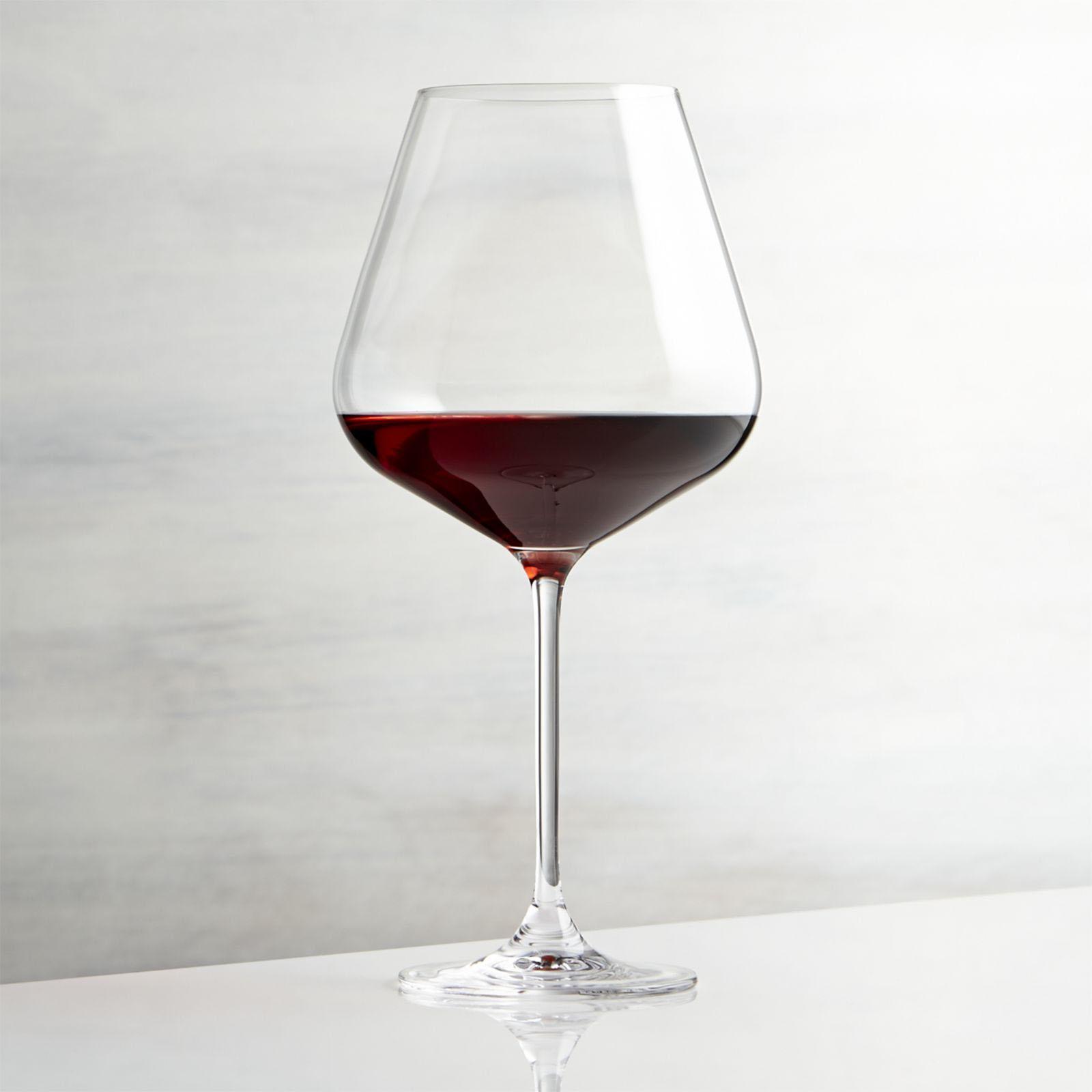
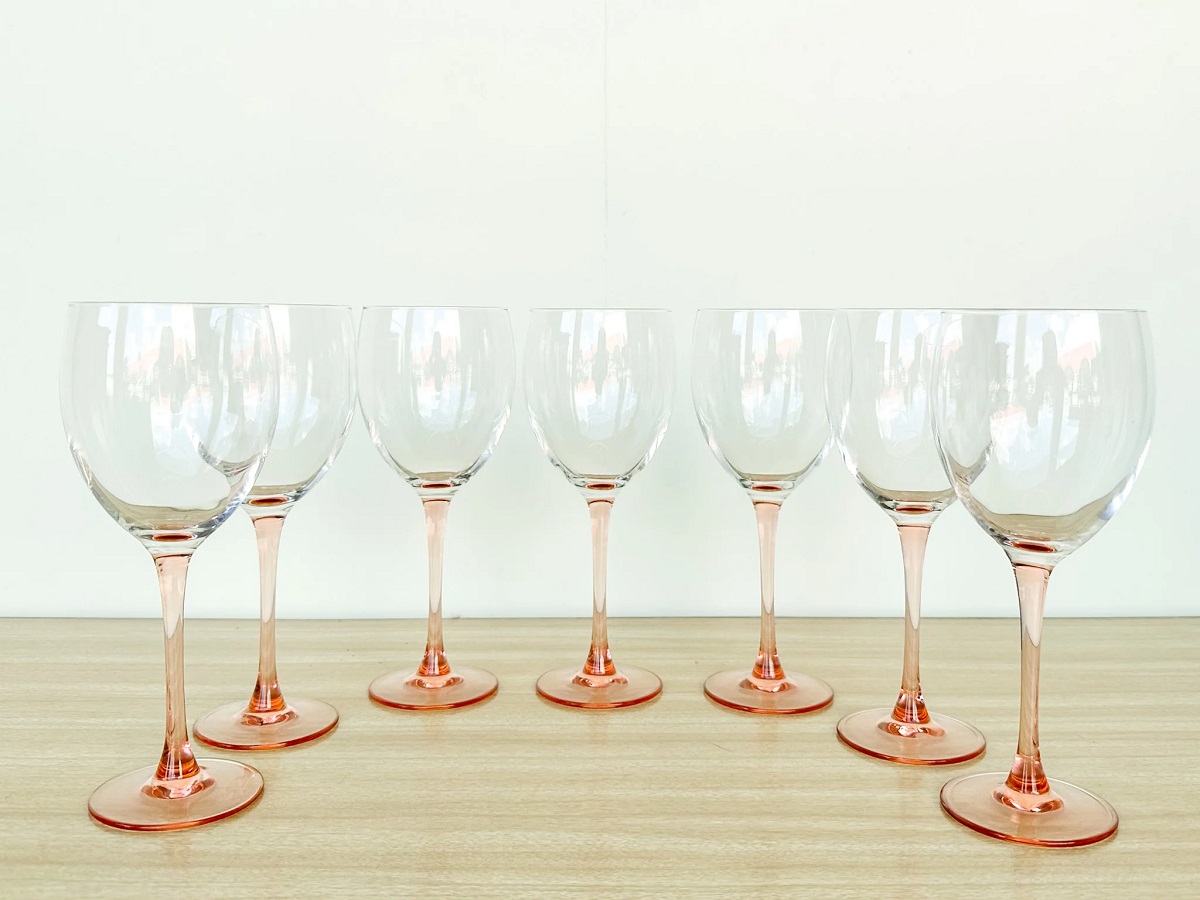
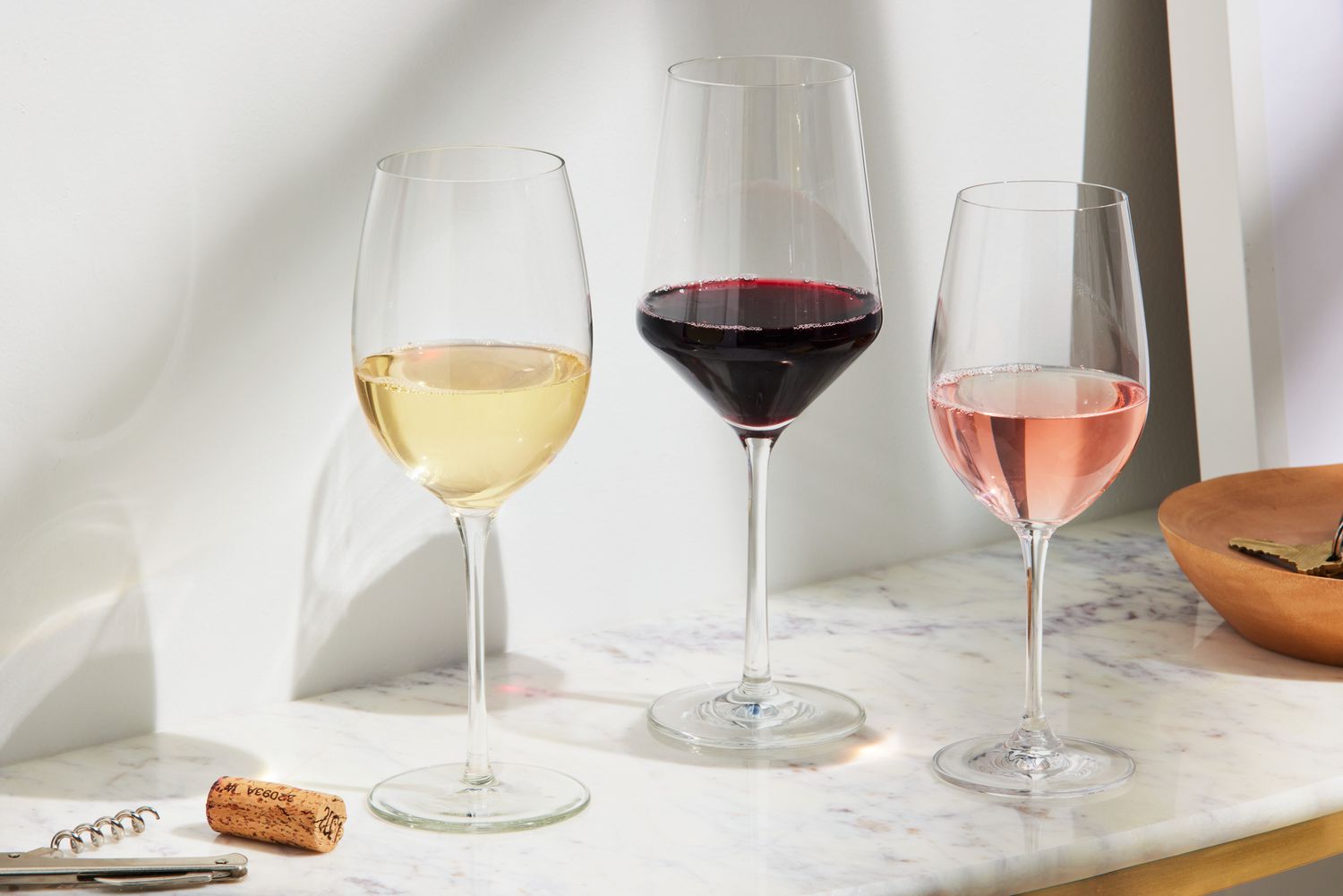

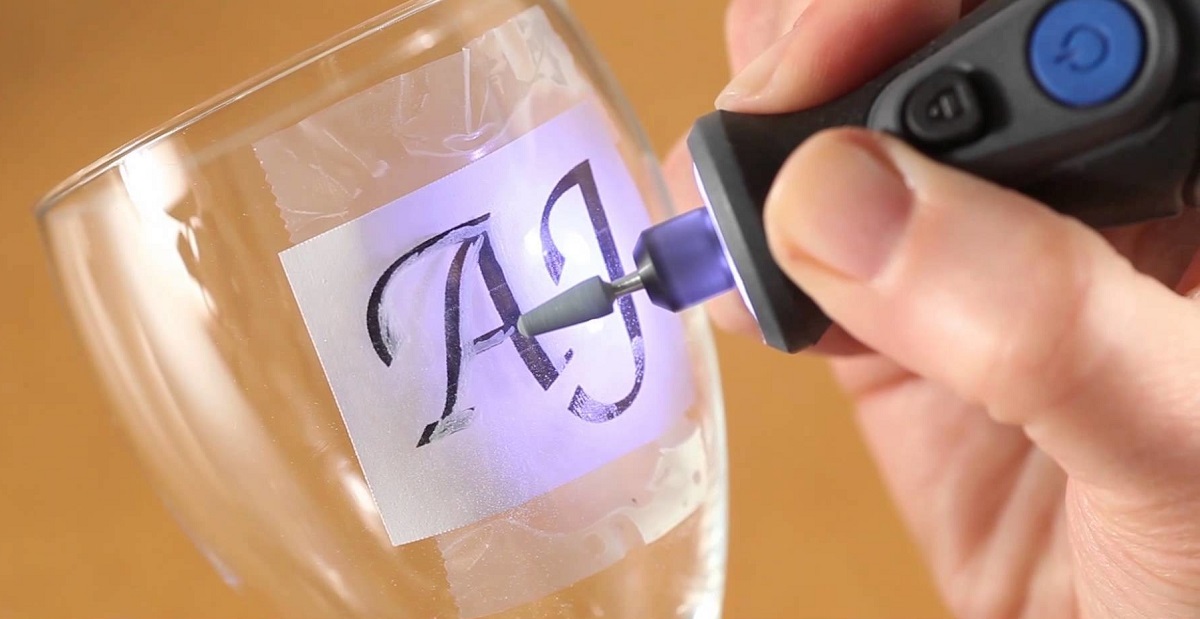
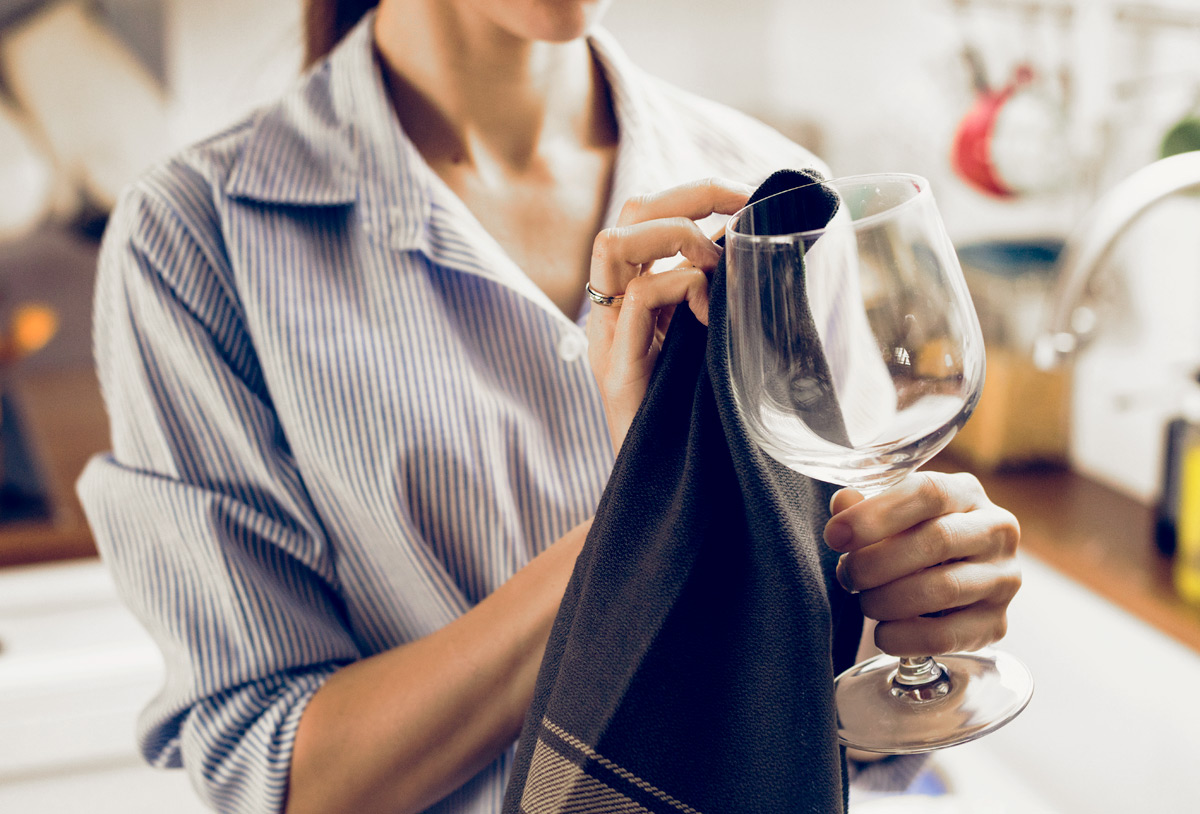
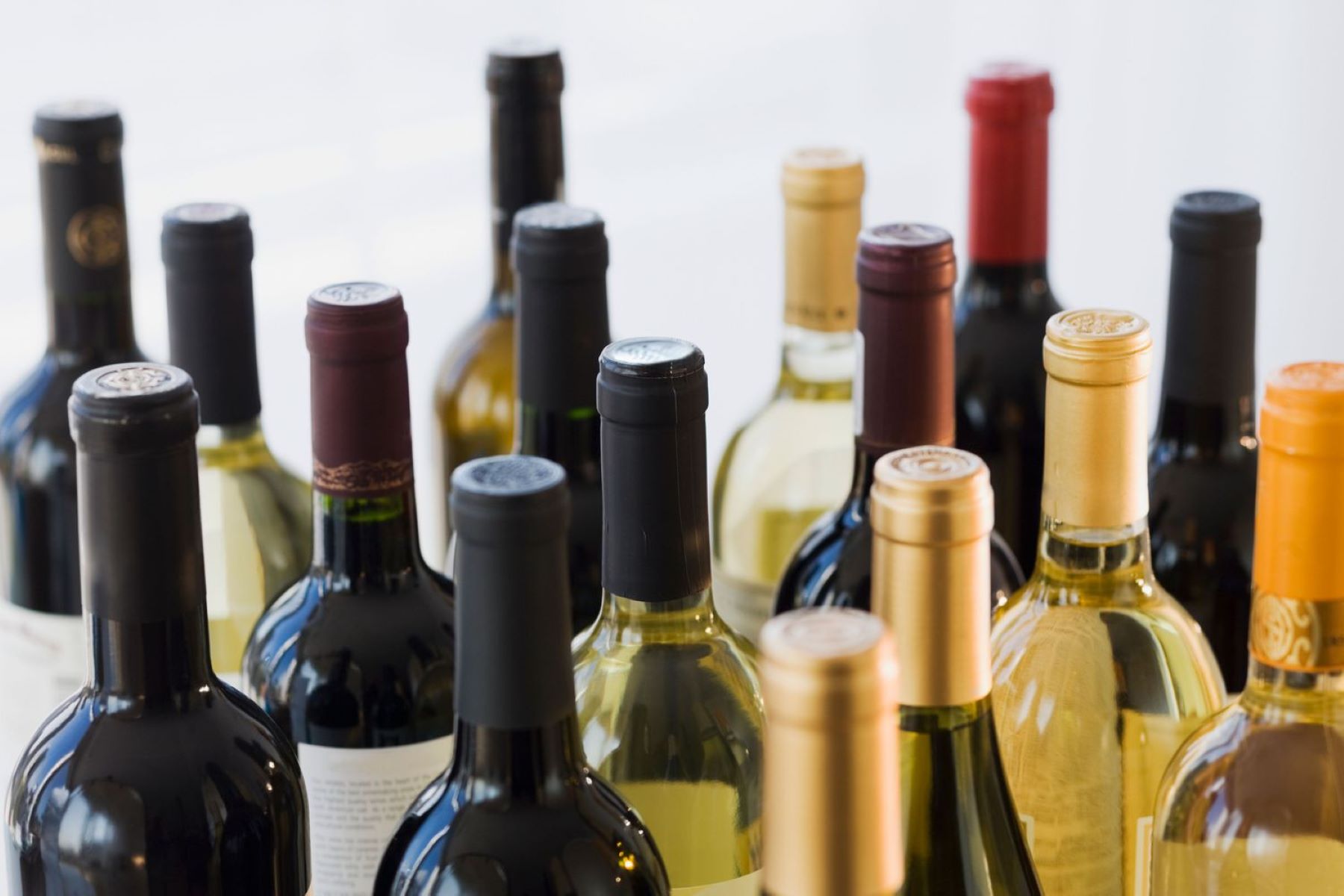
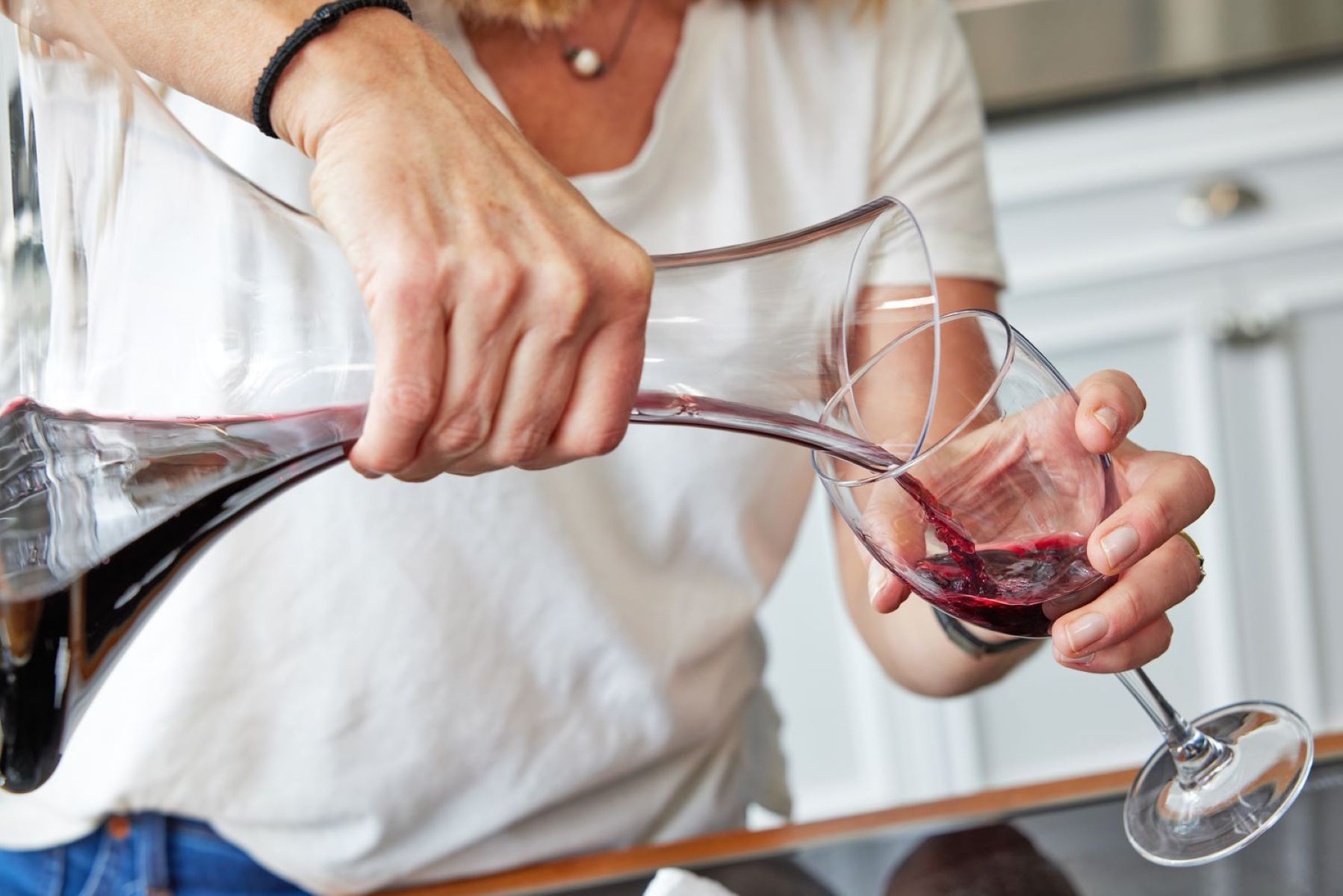

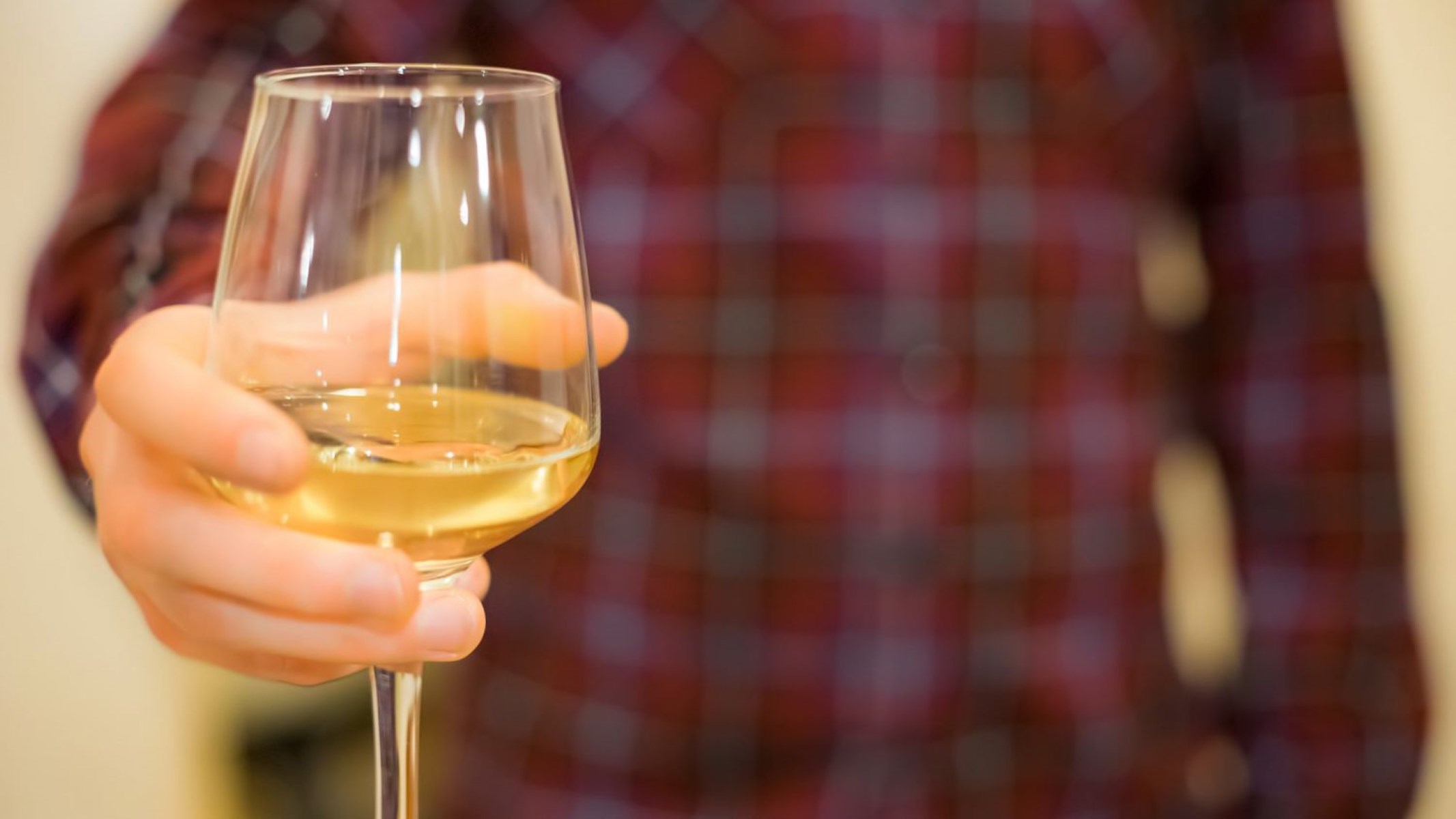
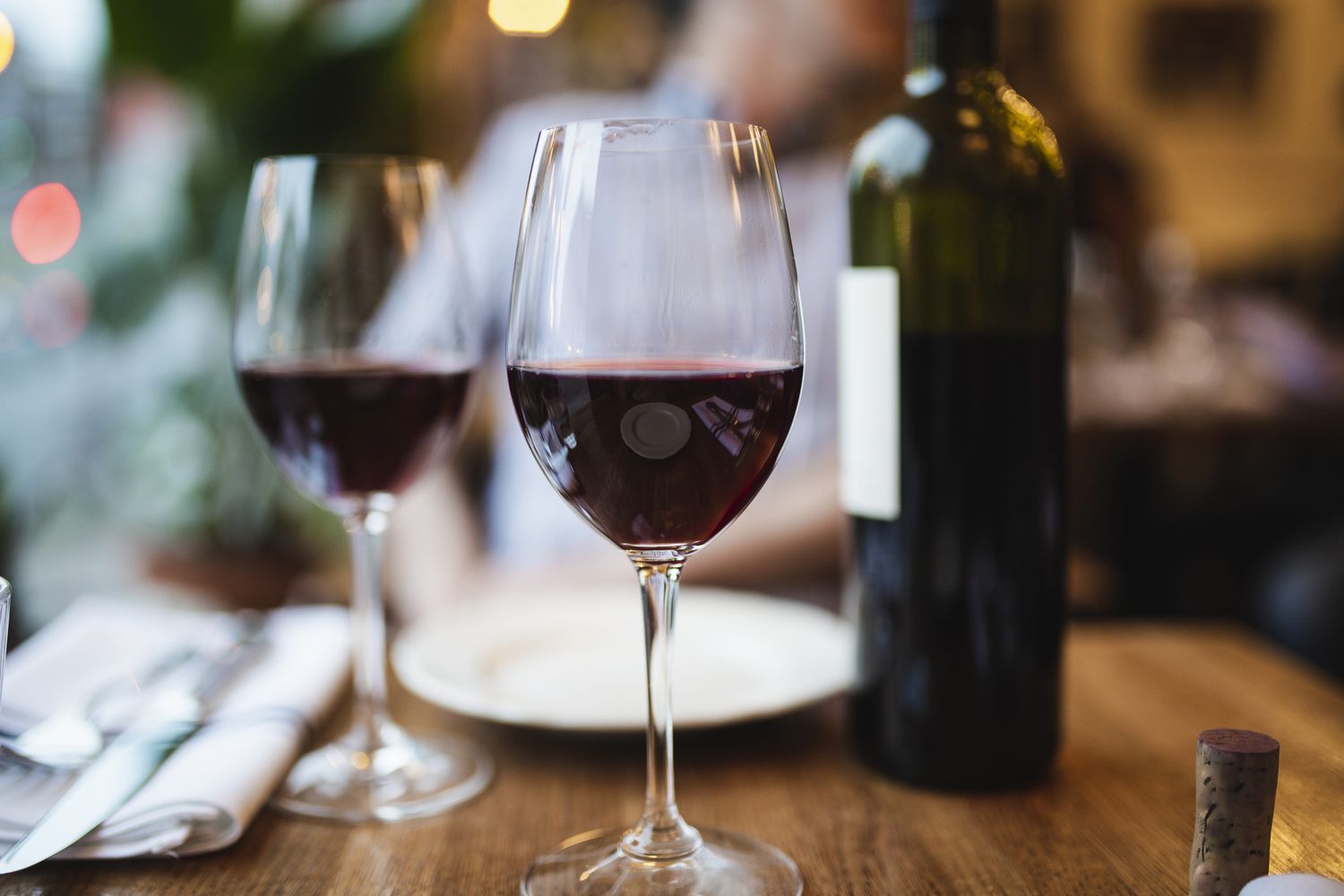
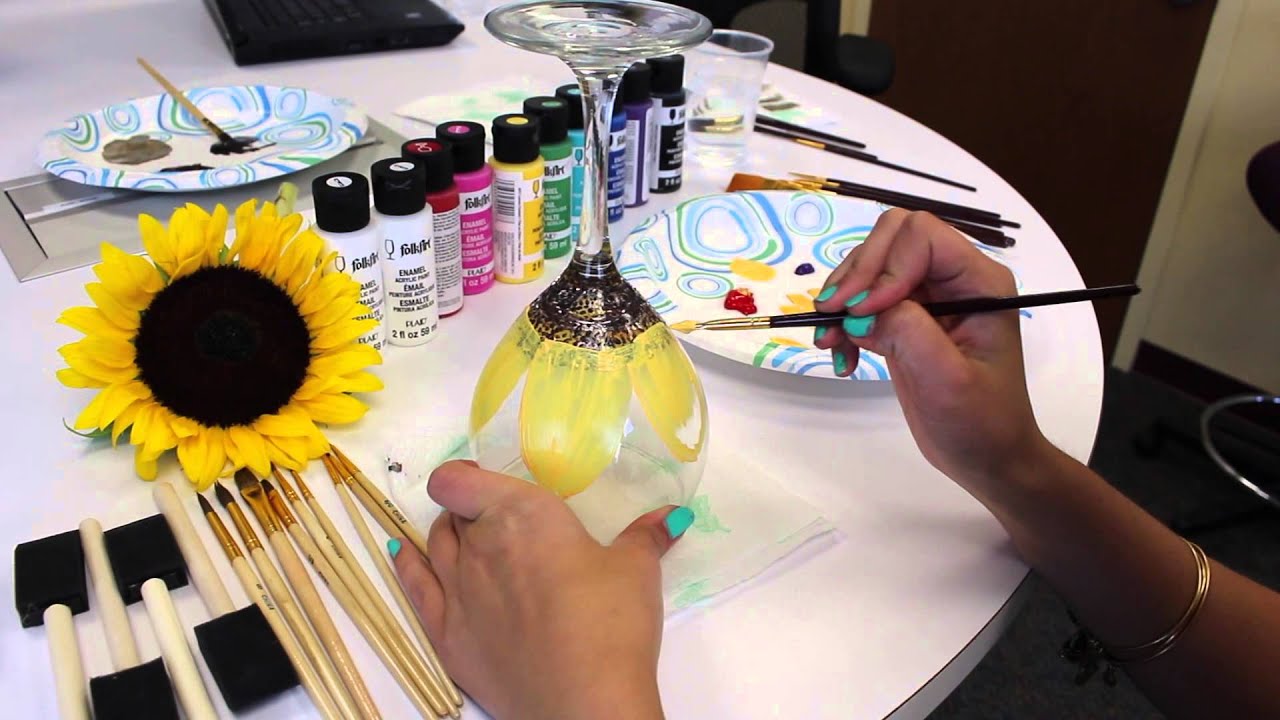
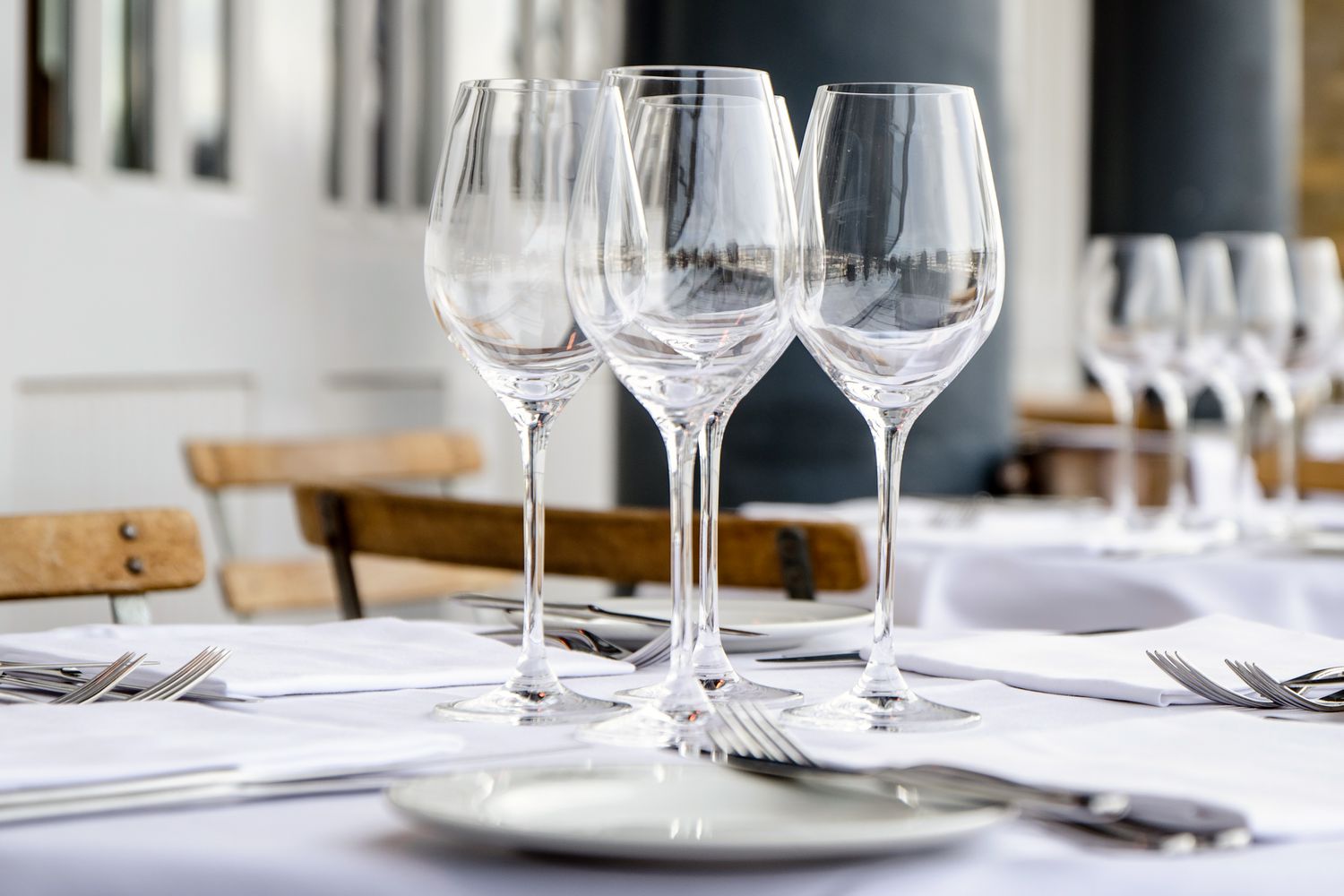

0 thoughts on “Why Are There Different Wine Glasses?”